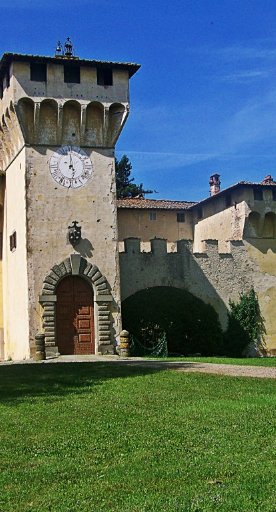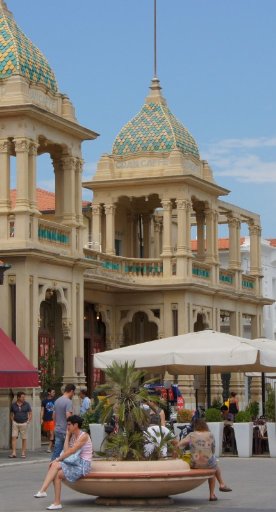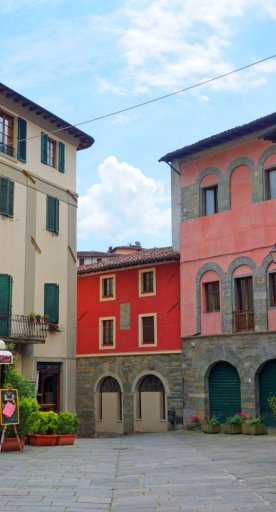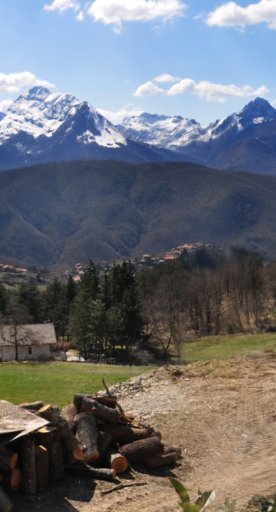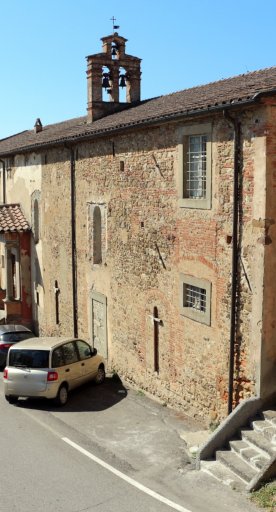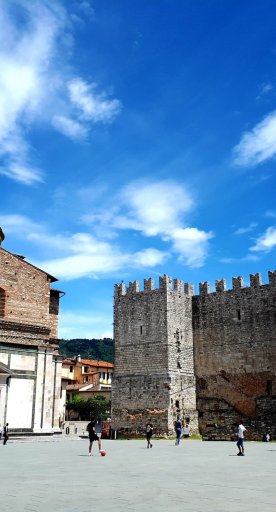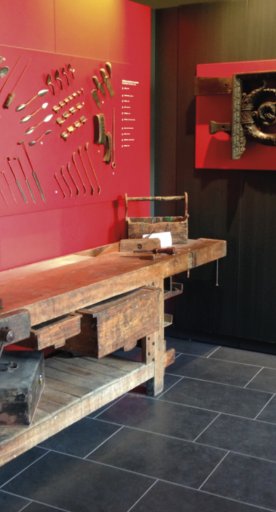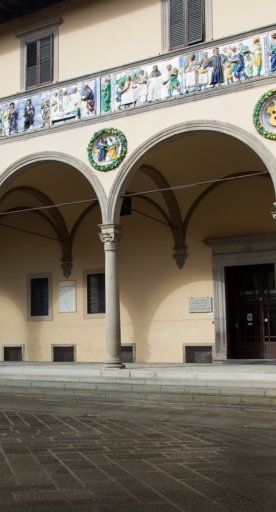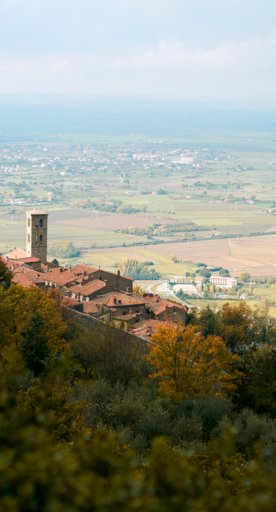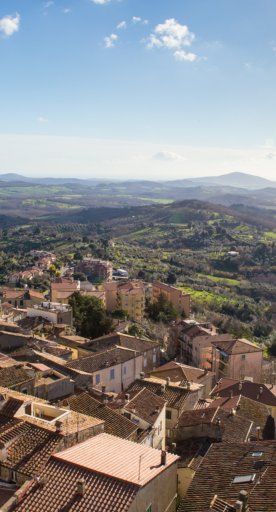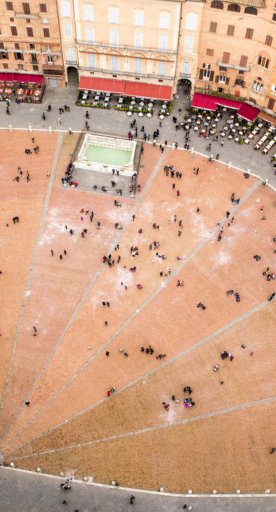
Sant’Anna di Stazzema and the Italian Resistance
A place to remember the horrors and heroes of World War II can be found right here in Tuscany
It’s impossible to speak about Sant’Anna di Stazzema without mentioning the history of the Italian Resistance. The town is sadly known for a Nazi slaughter during WWII, but is also a place where history and nature go hand in hand.
Located in northern Tuscany, on the slopes of Monte Gabberi in the province of Lucca, Sant’Anna is reachable via a panoramic road that winds 10 km from Camaiore or from Capezzano Pianore. The Apuan Alps are all around, and its location 660 metres a.s.l. provides breath-taking views of the coast of the Versilia. If you love hiking, Sant’Anna can also be reached a historic mule track, which is part of the old via Francigena. The village comprises a small centre, with a church and a museum, the National Park of Peace and the Ossuary Monument and some groups of houses.
The small Church of Sant’Anna dates to the 16th century, while the main piazza is strictly connected to one of the most dramatic periods of the 20th century in Italy, having been part of the territory along the Gothic Line. It was the theatre of one of the numerous massacres, which the Nazis carried out on the local population as an act of revenge and intimidation on the civilians who had joined the partisan movement to fight against the German occupiers. On the morning of August 12, 1944, 560 people (mostly children, women and the elderly) were taken from the surrounding houses and the school (now the Museum of Resistance) and killed by the Germans in this little piazza. Then the bodies of the victims were burned using the benches of the church to feed the fire.

The Museum of Resistance is a small but exhaustive museum housed in the village’s former primary school that explains the Versilia’s contribution to the struggle for liberation and, at the same time, encourages reflection on the values of the Resistance. Outside the building, beside the headstone with an ode written by Calamandrei about Kesselring, there is a sculpted reproduction of a detail of Picasso’s "Guernica".
The National Park of Peace in Sant’Anna di Stazzema extends over the hilly area around the village. Past the museum, there is a paved footpath that leads to a large Ossuary Monument in memory of the 560 victims of the massacre. The path includes depictions of the Stations of the Cross, in which scenes of the massacre and Nazi violence are shown alongside images of the Passion of Christ. The monument itself is a large tower 12 metres tall with four arches created by the architect Tito Salvatori and the sculptor Vincenzo Gasperetti. A tombstone holds the names of the dead that have been identified.










